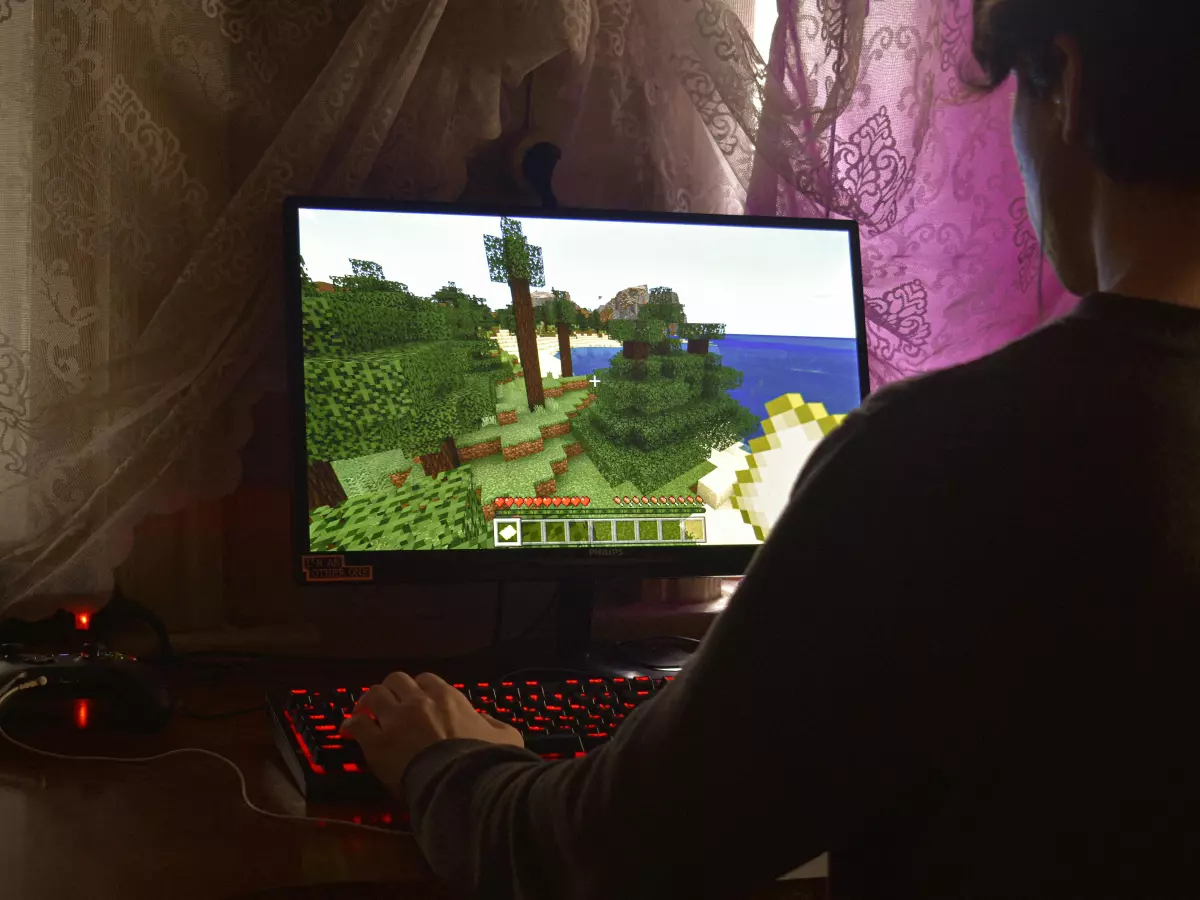Behind Multiplayer Magic
Real-time multiplayer gaming is a technical marvel, blending art and science to create seamless experiences.

By Marcus Liu
When it comes to multiplayer gaming, the magic lies in the invisible threads of technology that connect players across the globe. According to John Carmack, legendary game developer, "Latency is the ultimate boss fight for multiplayer gaming." He’s not wrong. The battle to keep players in sync, eliminate lag, and deliver smooth gameplay is fought on multiple fronts—network infrastructure, game engine design, and even predictive algorithms.
Let’s break it down. Multiplayer gaming isn’t just about connecting players; it’s about creating a shared reality where actions feel instantaneous. That’s no small feat. The moment you press a button, your input travels through your device, across the internet, to a server, and then back to other players—all in milliseconds. If that doesn’t blow your mind, I don’t know what will.
The Latency Labyrinth
Latency, or the delay between a player’s action and its effect in the game, is the ultimate villain in multiplayer gaming. Even a delay of 100 milliseconds can make or break a competitive match. Developers use techniques like client-side prediction and server reconciliation to mask latency. Essentially, your game client predicts what will happen next and displays it before the server confirms it. If the server disagrees, it rewinds and corrects the action. It’s like a time-traveling referee keeping everyone honest.
But here’s the kicker: these techniques aren’t foolproof. High latency or packet loss can lead to rubber-banding, where your character snaps back to a previous position, or worse, desync, where players see entirely different realities. Ever been shot through a wall in a game? That’s desync saying hello.
Netcode: The Unsung Hero
At the heart of multiplayer gaming lies netcode, the set of rules and algorithms that manage data exchange between players and servers. Good netcode ensures that everyone experiences the game as intended, regardless of their location or internet speed. Bad netcode? Well, that’s how you end up rage-quitting after a laggy match.
One popular approach is the authoritative server model, where the server acts as the ultimate arbiter of truth. Players send their inputs to the server, which processes them and sends back the results. This prevents cheating but can introduce latency. Peer-to-peer models, on the other hand, reduce latency but are more vulnerable to hacks and exploits. It’s a delicate balancing act.
Scaling the Infrastructure
Now, let’s talk servers. Multiplayer games rely on robust server infrastructure to handle thousands, sometimes millions, of players simultaneously. Cloud gaming platforms like AWS GameLift and Microsoft Azure PlayFab have made it easier for developers to scale their games, but challenges remain. Load balancing, DDoS protection, and regional server placement are just a few of the headaches developers face.
And then there’s matchmaking. Pairing players of similar skill levels while minimizing latency is no small task. Advanced algorithms consider factors like player rank, location, and even playstyle to create balanced matches. It’s like Tinder, but for gamers.
The Future of Multiplayer
So, what’s next for multiplayer gaming? 5G and edge computing promise to reduce latency even further, bringing us closer to the dream of lag-free gaming. Meanwhile, AI-driven bots are stepping in to fill gaps when players disconnect, ensuring that matches continue uninterrupted.
But perhaps the most exciting development is the rise of decentralized gaming networks powered by blockchain. These networks aim to eliminate the need for centralized servers, giving players more control over their gaming experiences. Imagine a world where your in-game assets are truly yours, stored on a blockchain and usable across multiple games. The possibilities are endless.
In the end, multiplayer gaming is a testament to human ingenuity. It’s a complex dance of technology and creativity, all aimed at one goal: bringing people together. So, the next time you’re fragging opponents or teaming up with friends, take a moment to appreciate the tech that makes it all possible.
And remember, the real MVP isn’t your K/D ratio—it’s the engineers who make multiplayer magic happen.
Fun fact: The first multiplayer game, "Spacewar!", was created in 1962. We've come a long way since then, haven’t we?





